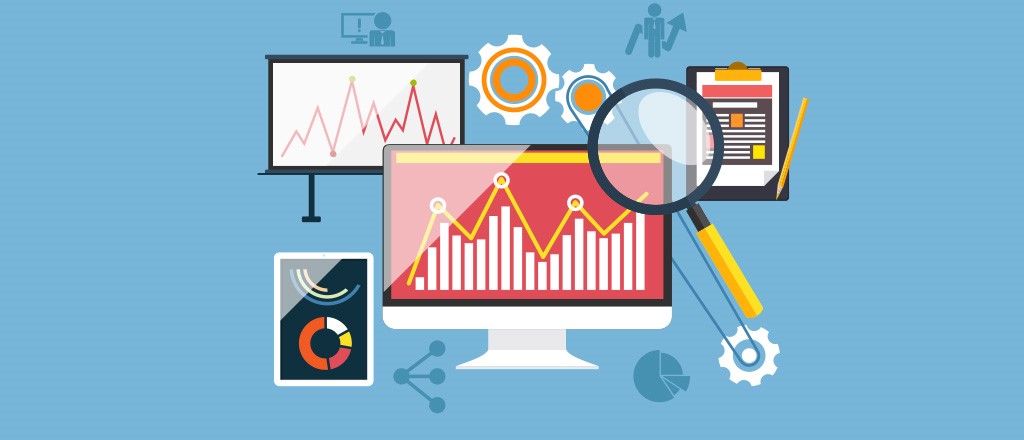When it comes to storm leads, many contractors focus on...
Leveraging Data and Analytics to Optimize Lead Generation Strategies
In the modern business landscape, data and analytics have become powerful tools for optimizing lead generation strategies. Storm lead call centers can harness the potential of data-driven insights to refine their approaches, enhance targeting, and increase conversion rates. This educational topic explores the importance of leveraging data and analytics in lead generation and provides practical guidance on how to optimize strategies for better results.
- Importance of Data in Lead Generation: Understand the significance of data in lead generation. Data provides valuable insights into customer behavior, preferences, and demographics. By collecting and analyzing relevant data, call centers can make informed decisions and tailor their lead generation strategies to maximize effectiveness.
- Gathering and Organizing Data: Learn effective methods for gathering and organizing data. Utilize customer relationship management (CRM) systems, web analytics tools, and other data collection methods to capture and centralize valuable information. Organize data in a structured manner to enable easy analysis and segmentation for targeted lead generation efforts.
- Utilizing Customer Profiling: Develop comprehensive customer profiles based on data analysis. Use demographic, psychographic, and behavioral data to create detailed profiles that represent your ideal customer segments. This information helps in crafting personalized marketing messages and targeting the right audience with precision.
- Tracking and Analyzing Key Metrics: Identify and track key performance metrics to measure the success of lead generation efforts. Metrics such as conversion rates, lead quality, cost per lead, and customer lifetime value provide valuable insights into the effectiveness of different marketing channels and campaigns. Regularly analyze these metrics to identify areas for improvement and make data-driven decisions.
- A/B Testing and Experimentation: Implement A/B testing and experimentation to optimize lead generation strategies. Test different variations of landing pages, call-to-action buttons, ad copy, and email subject lines to determine what resonates best with your target audience. Analyze the results and make iterative improvements based on data-driven insights.
- Segmentation and Personalization: Segment your leads based on their characteristics and preferences. Utilize data to create targeted messaging and personalized experiences for different customer segments. By tailoring your approach to specific groups, you can increase engagement and conversion rates.
- Predictive Analytics for Lead Scoring: Leverage predictive analytics to assign lead scores based on the likelihood of conversion. Analyze historical data to identify patterns and indicators of high-quality leads. Implement lead scoring models that prioritize leads with the highest probability of conversion, enabling more efficient allocation of resources and increased sales effectiveness.
- Marketing Automation and Nurturing: Integrate marketing automation tools to streamline lead nurturing processes. Use data-driven insights to automate personalized follow-ups, email campaigns, and content delivery. Marketing automation enables consistent communication with leads, nurturing them through the sales funnel and increasing the likelihood of conversion.
- Monitoring Competitive Landscape: Monitor the competitive landscape through data analysis. Keep track of your competitors' strategies, campaigns, and messaging to identify areas of opportunity or potential threats. Analyze industry trends and customer behavior to stay ahead of the curve and adapt your lead generation strategies accordingly.
- Continuous Optimization: Adopt a mindset of continuous optimization. Regularly analyze data, review performance metrics, and seek opportunities for improvement. Embrace a data-driven approach and iterate your lead generation strategies based on insights gained from ongoing analysis and experimentation.
Leveraging data and analytics is essential for optimizing lead generation strategies in storm lead call centers. By gathering, organizing, and analyzing relevant data, call centers can make informed decisions, personalize their approach, and increase conversion rates. Continuously monitor performance metrics, experiment with different strategies, and embrace data-driven insights to enhance your lead generation efforts and achieve better results in a competitive landscape.












